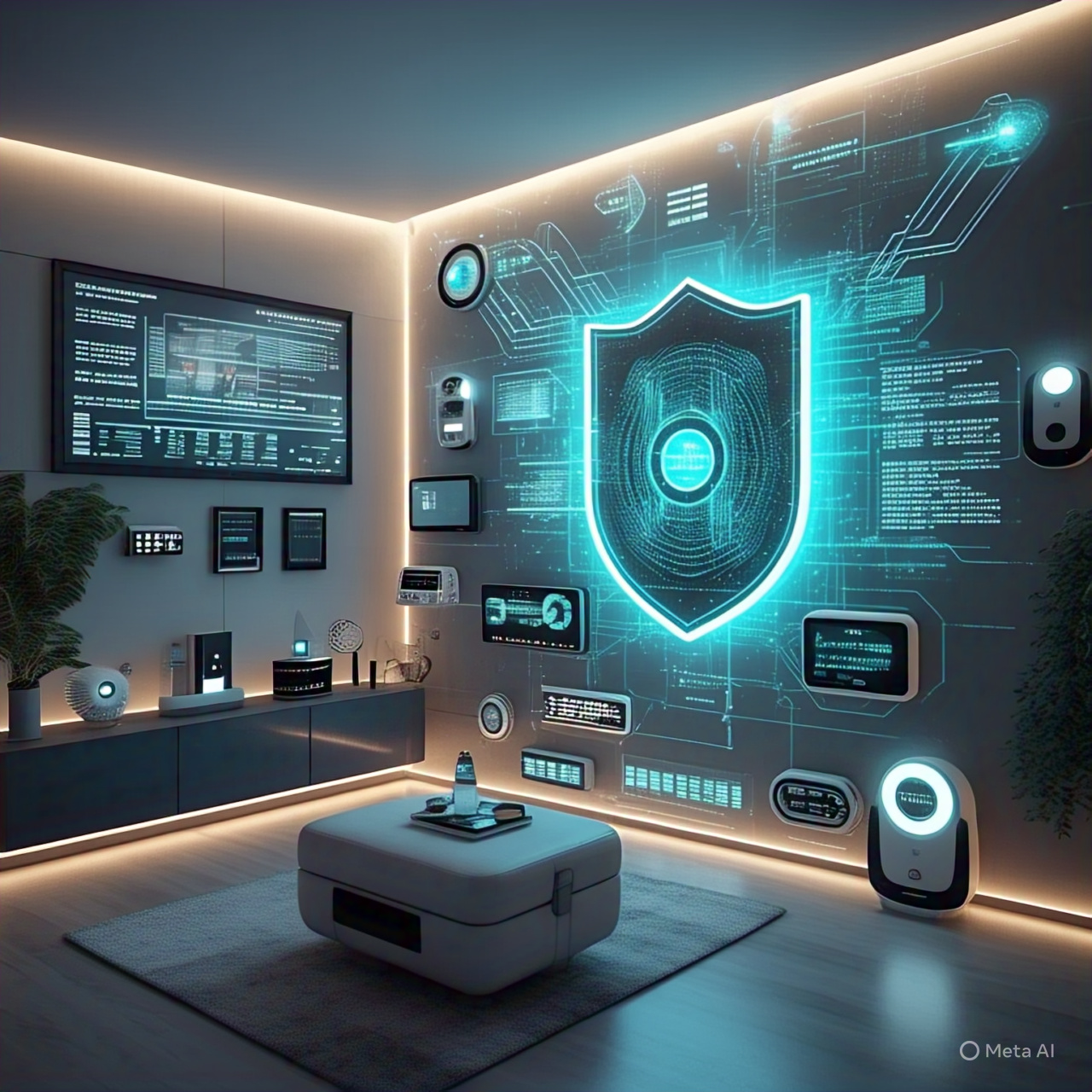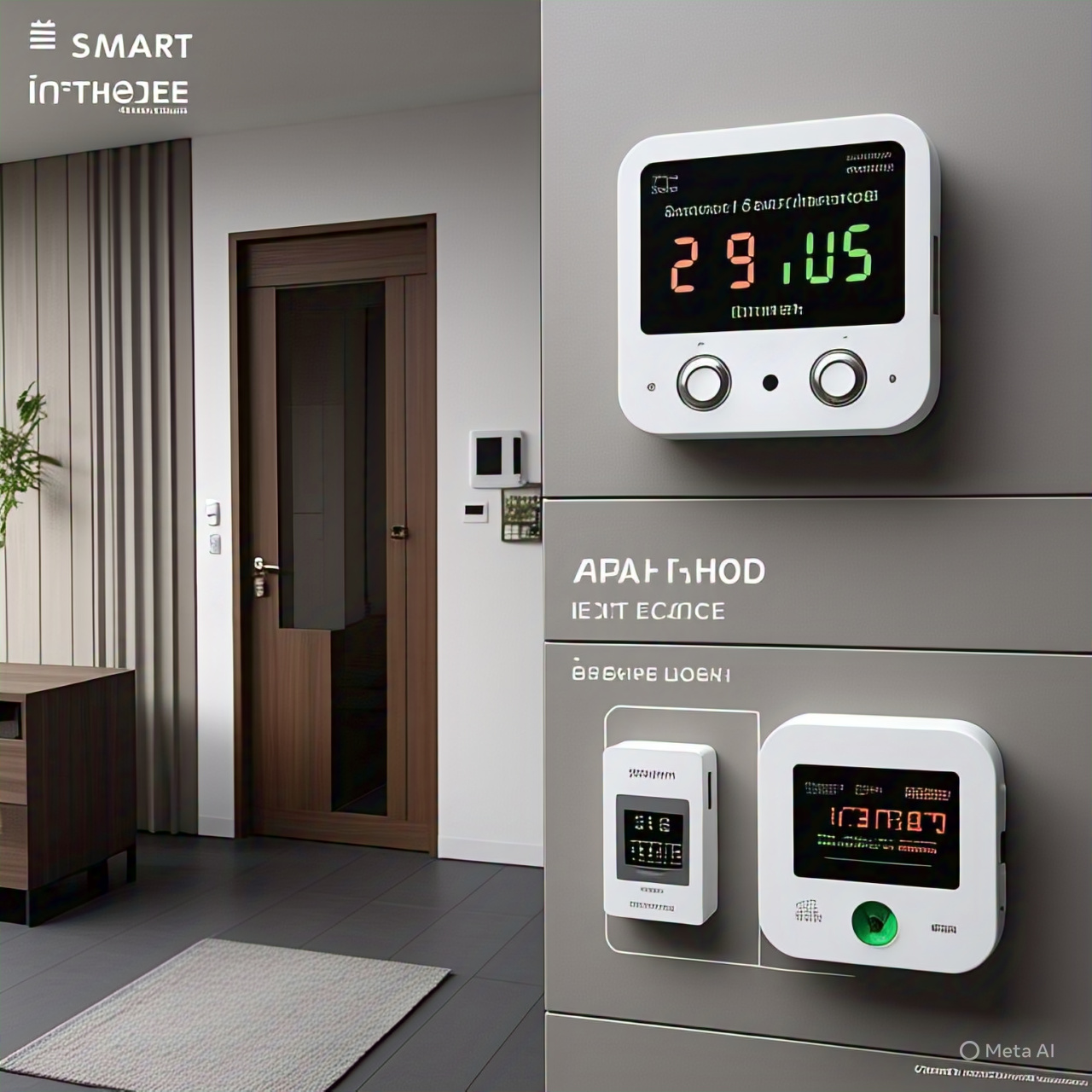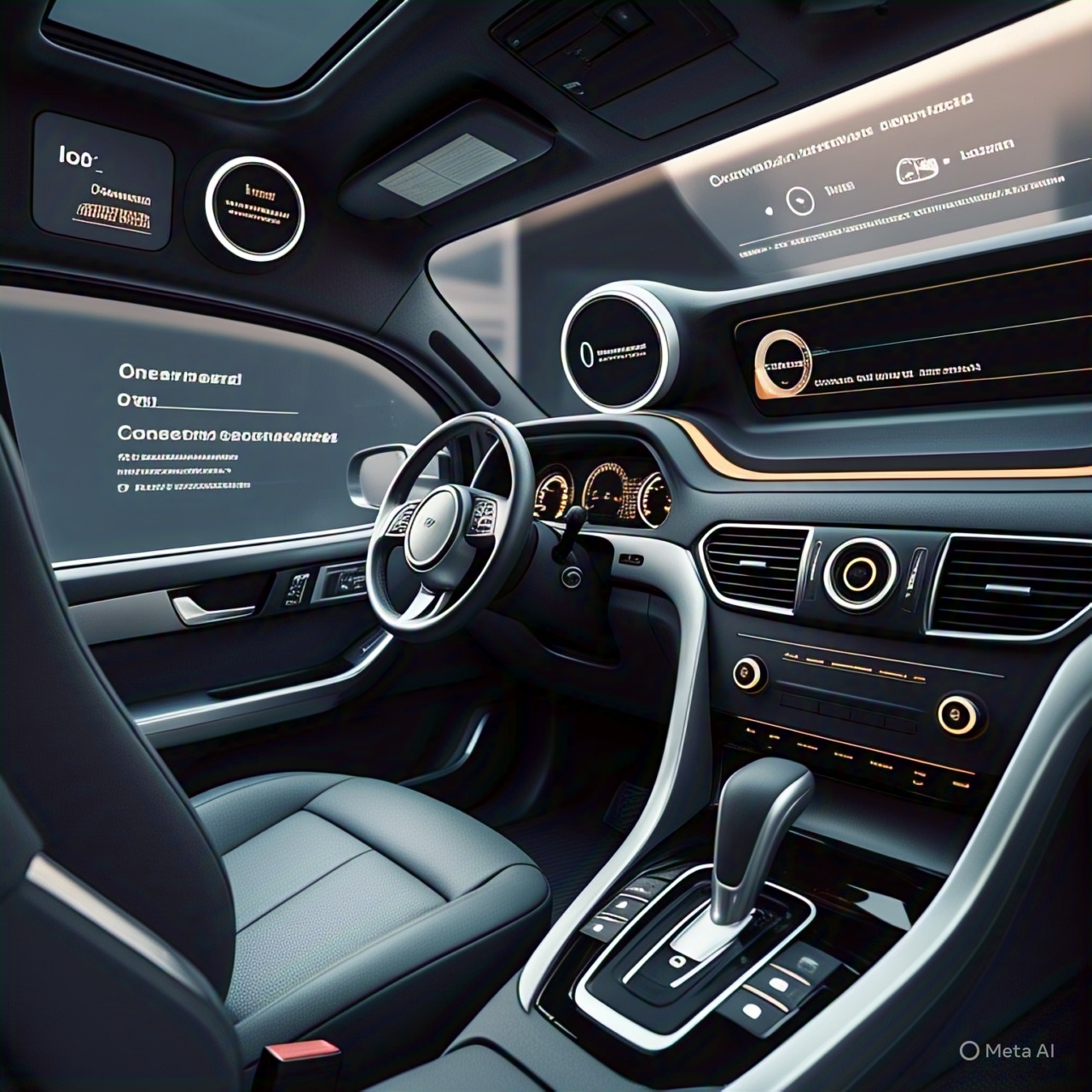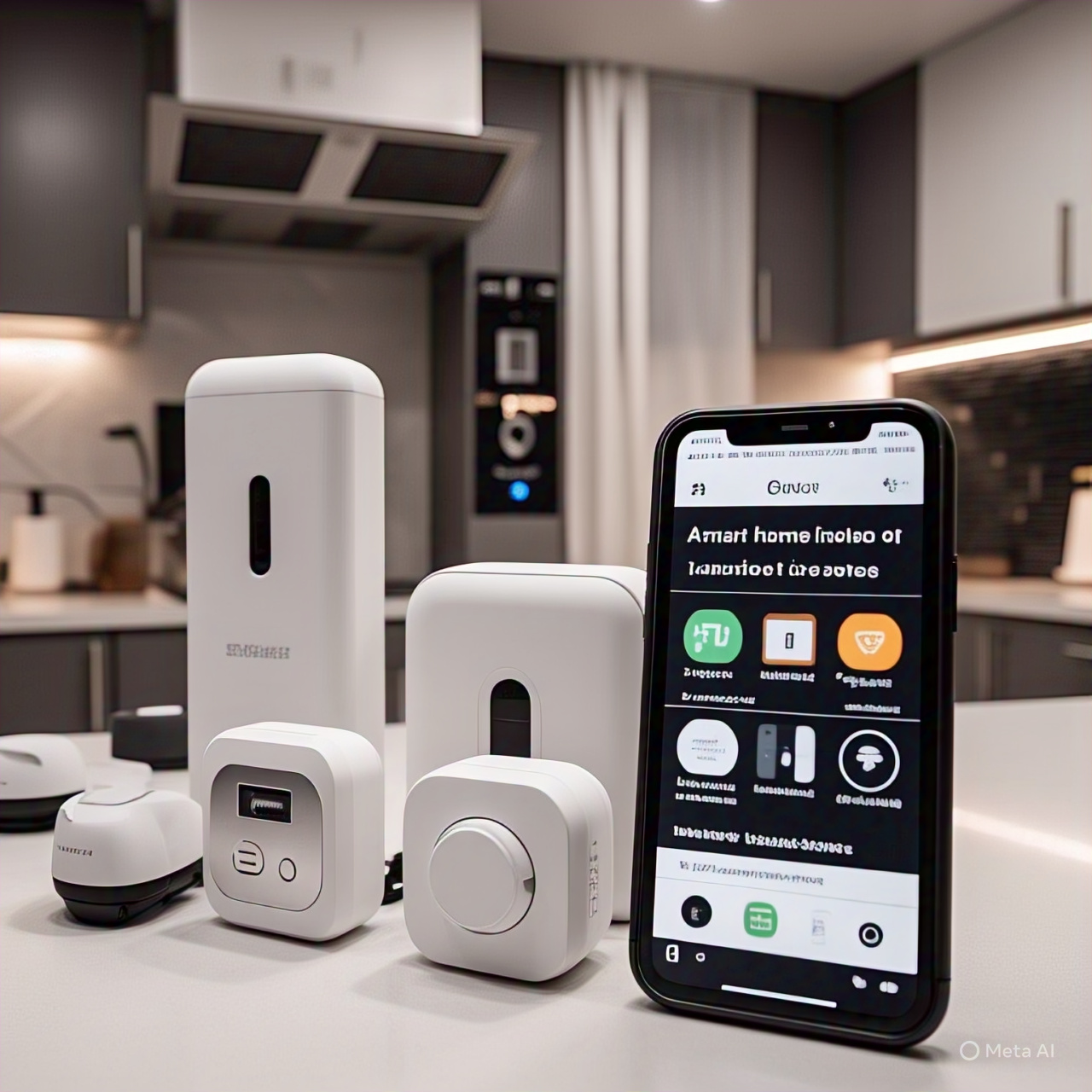The rapidly growing Internet of Things (IoT) is turning Best IoT Software Update from a luxury to a necessity. Industrial sensors, wearable electronics, smart thermostats, and connected refrigerators may all benefit from an update mechanism that keeps them secure, up-to-date, and interoperable with new innovation.
In today’s interconnected world, let’s take a look at the best practices, resources, and companies that facilitate software updates for the Internet of Things (IoT).
What Exactly Are Upgrades for IoT Software?
Software updates for the Internet of Things are often sent remotely and might include new features, fixes, or patches for security holes.
With these updates, you may now:
-
Fixing security holes and problems
-
Raising efficiency
-
Expanding the list of features
-
Making gadgets more compatible
Why Are IoT Software Updates So Important?
-
Cybersecurity Risks: Internet of Things (IoT) devices might be vulnerable to hacking if software updates are not performed regularly.
-
Updated firmware fixes common issues with device stability and performance.
-
Devices must meet the safety or privacy standards set by various industries.
-
Regular updates extend the life of devices and make them more efficient over time.
Crucial Components of Leading IoT Software Update Platforms
-
Over-The-Air (OTA) Updates: This allows manufacturers to provide updates even when they don’t have physical access.
-
In the case of a problem, devices may revert to prior versions thanks to rollback capabilities.
-
By updating just the updated bits of the software, this approach conserves bandwidth. It’s called a delta update.
-
Updates are encrypted and verified to ensure secure transmission and prevent tampering.
-
The system can handle hundreds of thousands, if not millions, of devices undergoing upgrades all at once, demonstrating its scalability.
Industries Relying on IoT Software Updates
-
Medical: Updates for Internet of Things (IoT) software are crucial for industries such as medical, which rely on accurate and secure patient monitoring devices.
-
Cars: Keeping autonomous vehicles and infotainment systems up-to-date.
-
Smart Home: Keeping smart home devices secure, such as cameras, thermostats, and locks.
-
Industry 4.0: Making industrial IoT sensors more effective.
-
Retail: For connected point-of-sale terminals and smart shelves in retail.
Best Internet of Things (IoT) Platforms and Companies for Software Updates
-
Microsoft Azure IoT Hub
-
Offers functionality for device management and updates.
-
Backs wide deployment in accordance with stringent security standards.
-
Ideal for businesses and other industrial settings.
-
-
Google Cloud IoT Core
-
Has tools for updating firmware on edge devices.
-
Totally regulated and equipped with AI for smart decision-making.
-
-
AWS IoT Device Management
-
Enables scalable over-the-air upgrades.
-
Applys secure tunneling and device shadowing.
-
Among the best systems for deploying new Internet of Things software to different types of device fleets.
-
-
Balena (Open-source platform)
-
Great for managing updates to embedded and edge devices.
-
Strong support for Docker containers and a community of developers.
-
-
Repairer
-
Prioritizes safe and dependable over-the-air upgrades.
-
Offers both proprietary and open-source software solutions.
-
Great help in rolling back changes and updating deltas.
-
Sorts of Internet of Things Software Updates
-
Firmware Updates: To enhance the functionality of devices, firmware updates are made, which are changes to the code at a low level of control.
-
Security Patches: Sealing security holes is what security patches are all about.
-
Feature Upgrades: Improving the user interface and adding new features.
-
Bug Fixes: Resolving software issues by fixing bugs.
What is the Operational Process for Updating IoT Software?
-
Developers package a new version of software, which is an update.
-
The code is tested and validated in a simulated environment.
-
The update is sent via an over-the-air mechanism during deployment.
-
The Internet of Things device gets updated after downloading, verifying, and installing the update.
-
Verification: The system runs checks to ensure everything is functioning properly.
Benefits of Utilizing Top Platforms for Internet of Things Software Updates 💡
-
Enhanced Safety: Blocks unauthorized access to sensitive information and devices.
-
Better Electronics: Over time, electronics become smarter.
-
Updates may be remotely transmitted to multiple nations, allowing them to reach a worldwide audience.
-
Please keep an eye on the software versions across all of the devices in the fleet.
-
Efficiency saves money by reducing the need for physical maintenance and repairs.
Challenges with Best IoT Software Update
-
IoT devices come with different chipsets and configurations, which may make software updates a challenge.
-
Data Capacity: Not all devices function well with sluggish networks.
-
Constraints on Power: Battery-operated devices simply cannot afford frequent software updates.
-
Updates could be halted if the network connection is unreliable.
-
Updates provide a security risk if they are not verified.
What is the Best Way to Update Software on Internet of Things Devices?
-
Will work with your device’s environment.
-
Cryptography, code signing, and verification are examples of security features.
-
Connecting to the existing system is easy.
-
The size of the fleet and how often upgrades are made decide the cost.
-
Support for customers and documentation.
Current Market Trends in IoT Software Updates 📈
-
Sixty percent or more of companies choose OTA solutions hosted in the cloud.
-
The implementation of real-time updates is being propelled by computers at the edge.
-
When it comes to protecting the Internet of Things, zero-trust architectures are king.
-
Using AI and ML to optimize the timing and content of updates.
-
More and more, systems that can handle many tenants are required to handle various clients.
The Future of IoT Software Updates
-
Self-healing updates: Devices will have the ability to detect issues and update themselves automatically.
-
Blockchain verification: Ensuring that update packages are verifiable and unaltered.
-
Predictive updating: AI can foretell when and what kinds of gadget upgrades would be necessary.
-
Standardization throughout the industry for software update techniques; these standards are universal.
Case Studies 💋
Illustration of a Healthcare IoT Update
One company used over-the-air upgrades to solve a problem with wearable cardiac monitoring.
What we found:
-
Device accuracy improves by 25%
-
Reduction of hospitalizations caused by false alarms
🚏 Instance of an Update for the Automotive IoT
A car company has added additional capabilities to its smart dashboard.
Benefits
-
The voice assistant’s expanded capabilities
-
Avoid the hassle of going to the dealership

The Top Methods for Dealing with Updates to IoT Software 📋
-
Create a Strategic Timetable: Do not install critical updates during times of heavy use.
-
Encryption: Always use encryption to secure update packages.
-
Backup Systems: Verify that your data is backed up before initiating major modifications.
-
If an update fails to function, it is always recommended to have the option to roll back.
-
Real-time tracking: Utilize analytics to keep tabs on how well updates are doing and when they fail.
Expert Guidance for Enterprises
-
Begin with a small group of test devices before releasing the whole fleet.
-
Keeping an inventory record for your devices will allow you to keep track of firmware versions.
-
Modular design might make it easier to upgrade individual components.
-
Keep up with our penetration testing.
-
Educate your employees on the latest best practices for Internet of Things cybersecurity.
The Importance of the Top IoT Software Update for a Successful Business
-
It protects your brand’s reputation.
-
Ensures privacy and trust for clients.
-
Keeps maintenance costs and downtime to a minimum.
-
Helps to keep regulations all around the world in place.
-
Keeps your business viable even as technology evolves at a dizzying pace.
In Summary
The best options for updating software on the Internet of Things are those that are secure, reliable, fast, and scalable. With the proliferation of IoT devices throughout enterprises, effective updating mechanisms are increasingly critical. Whether you’re a developer, device manufacturer, or corporate leader, investing in a solid IoT update infrastructure today will assure that your gadgets remain secure, competitive, and imaginative tomorrow.


















